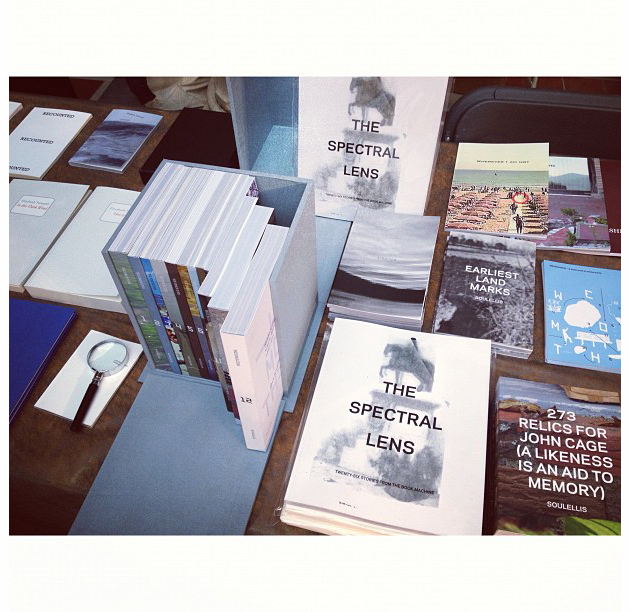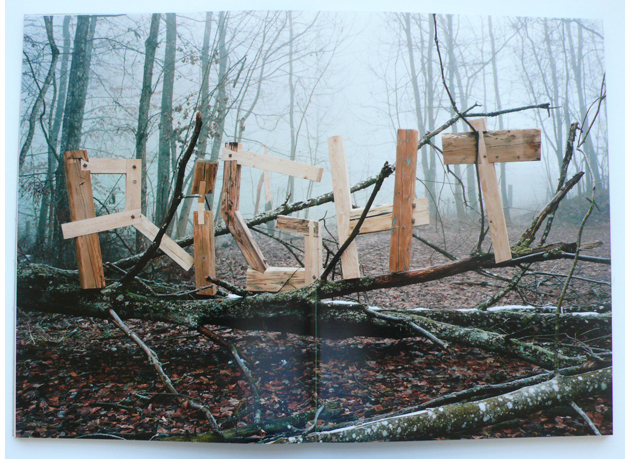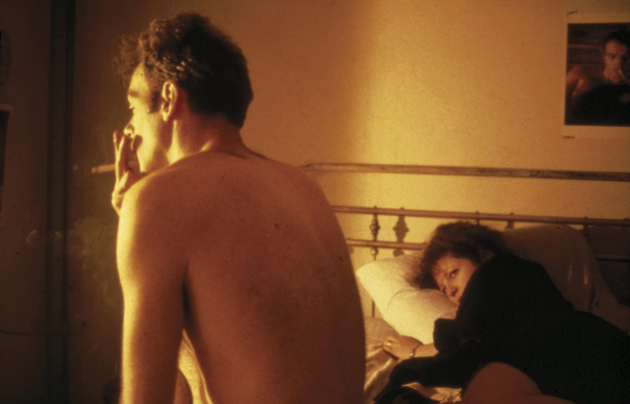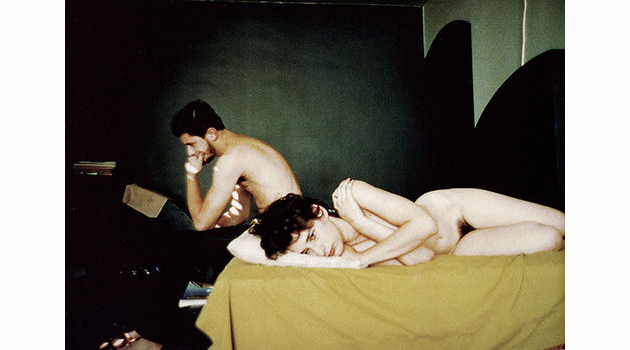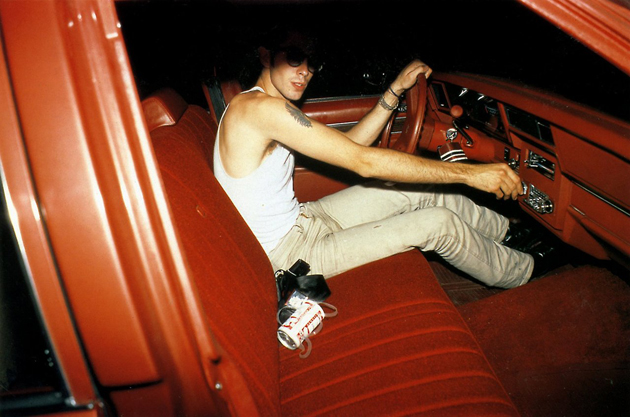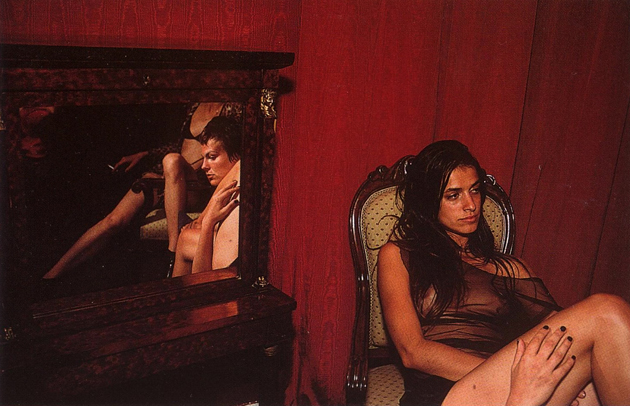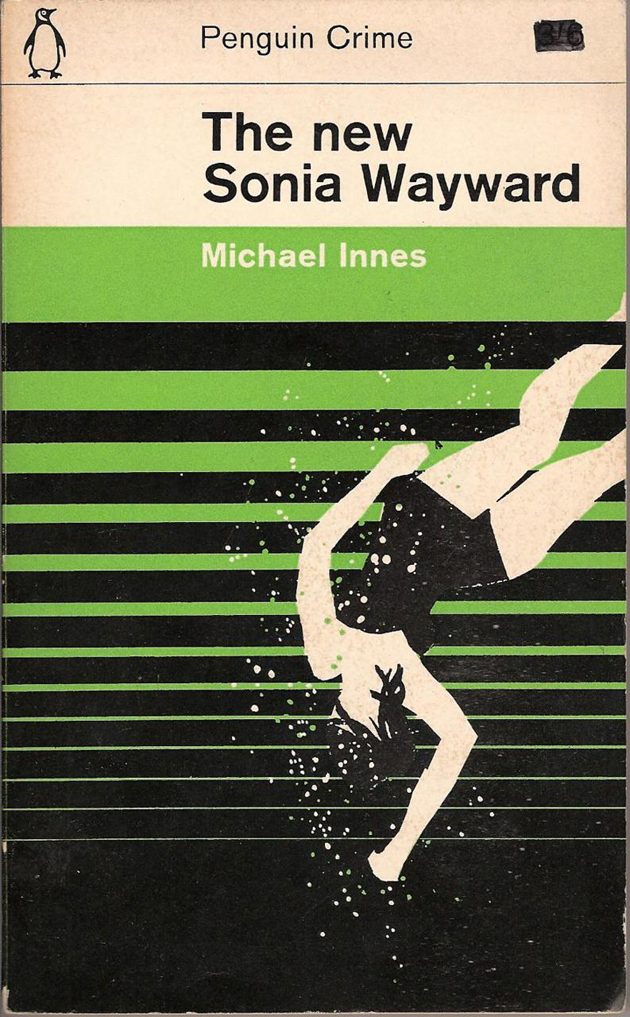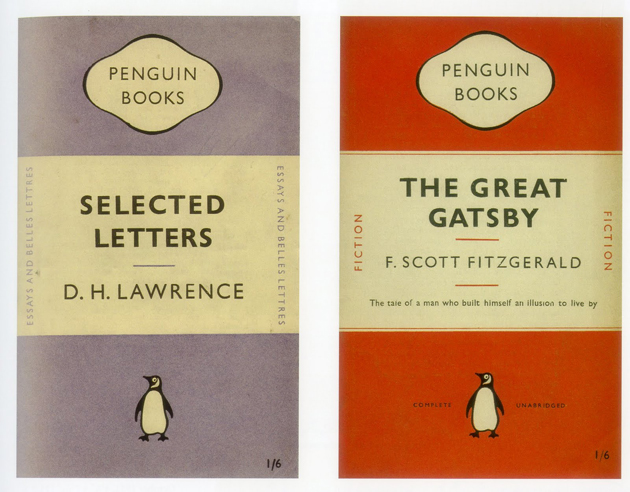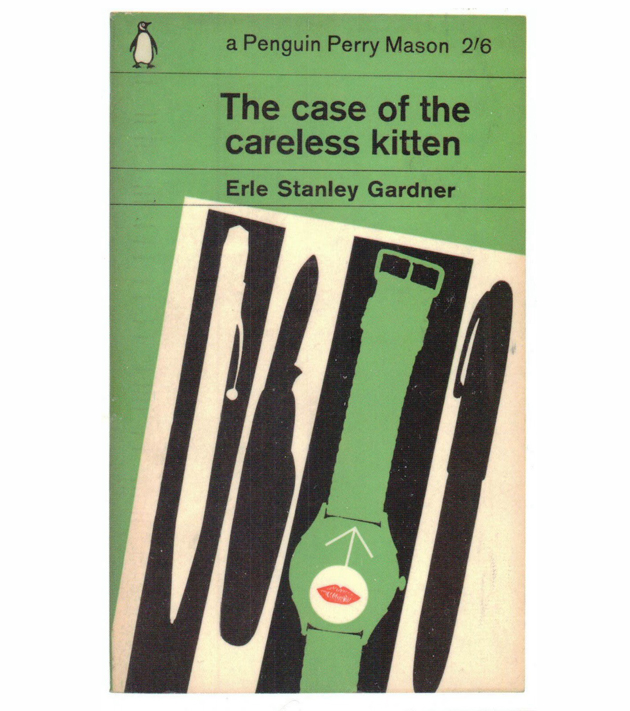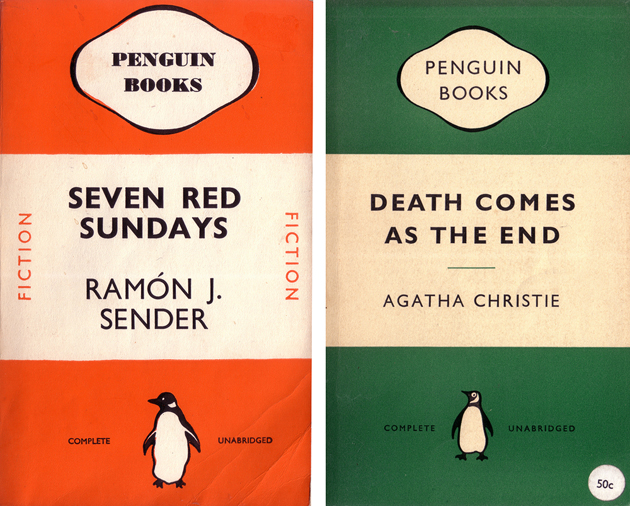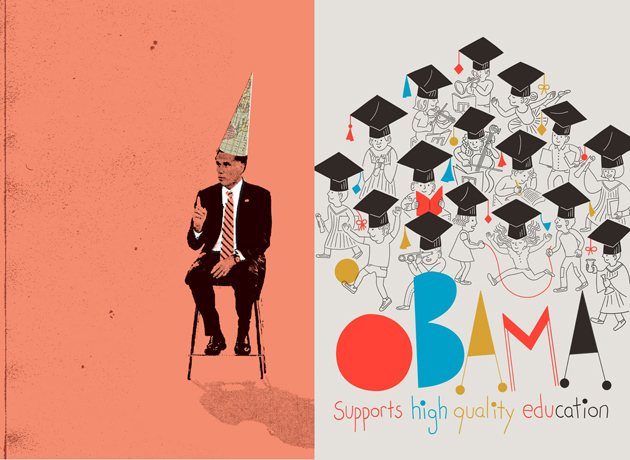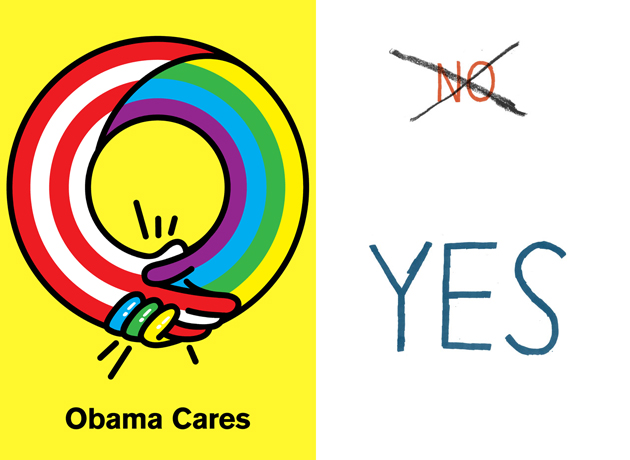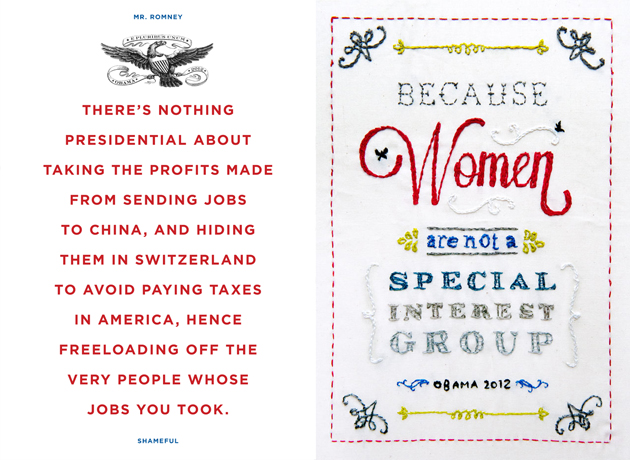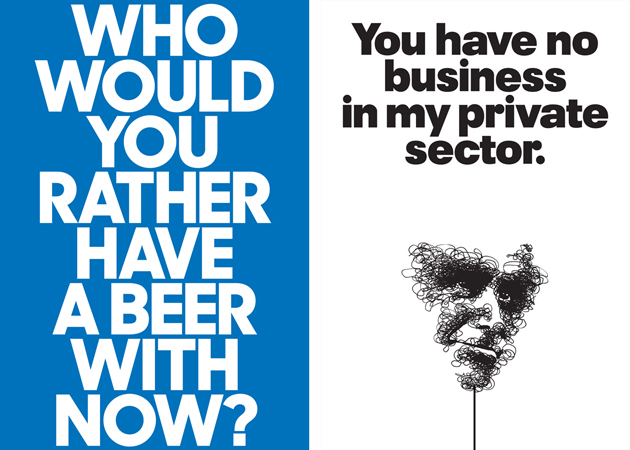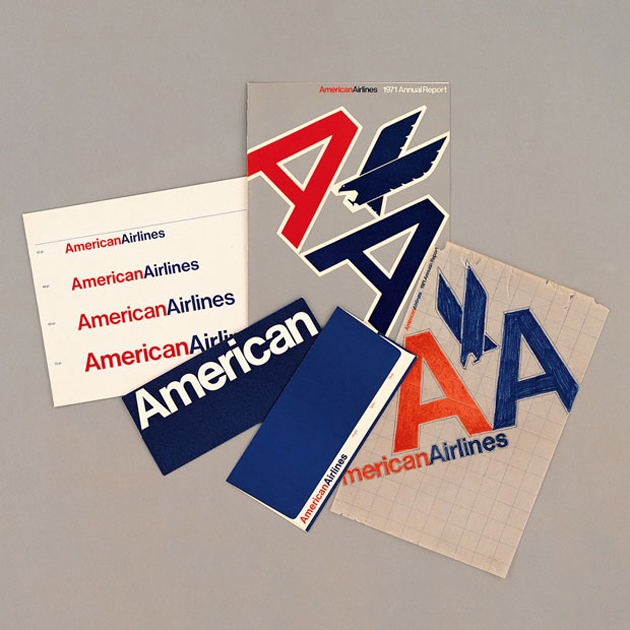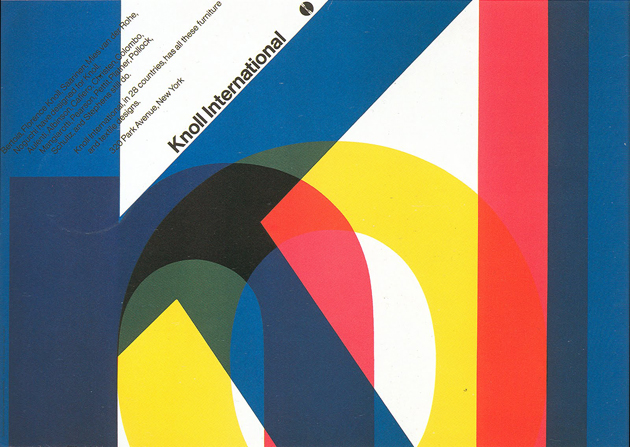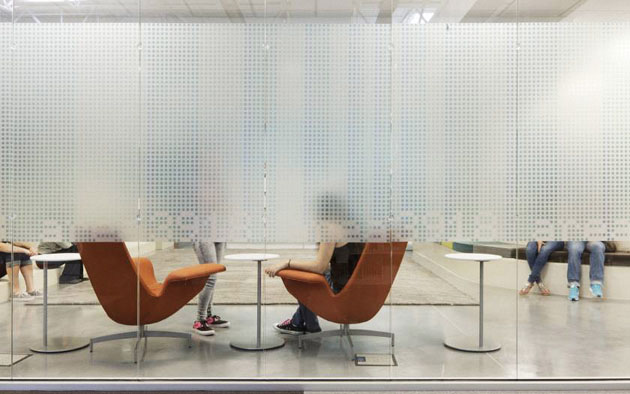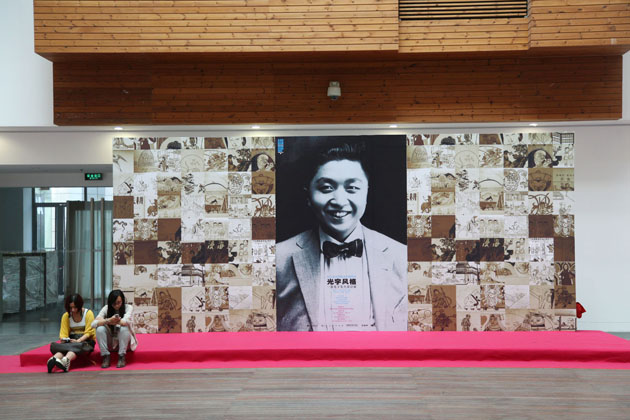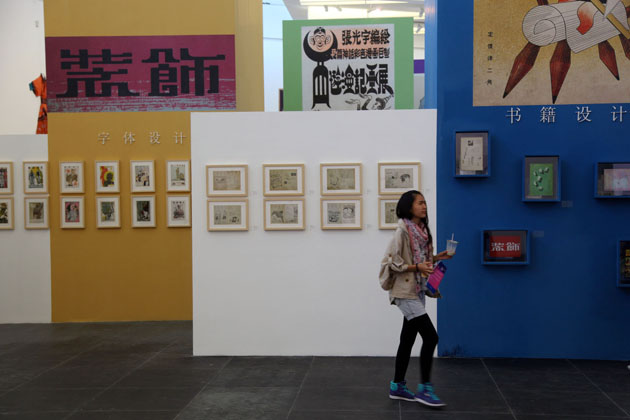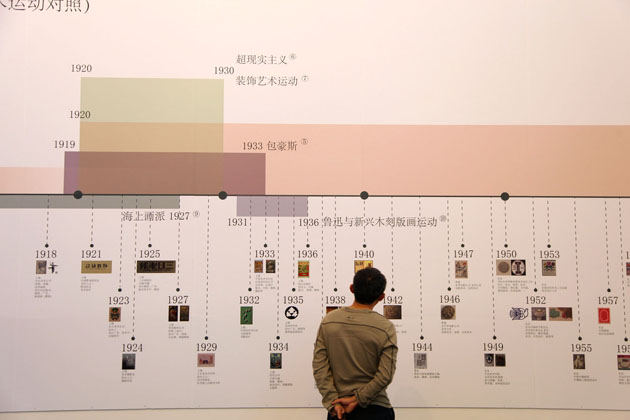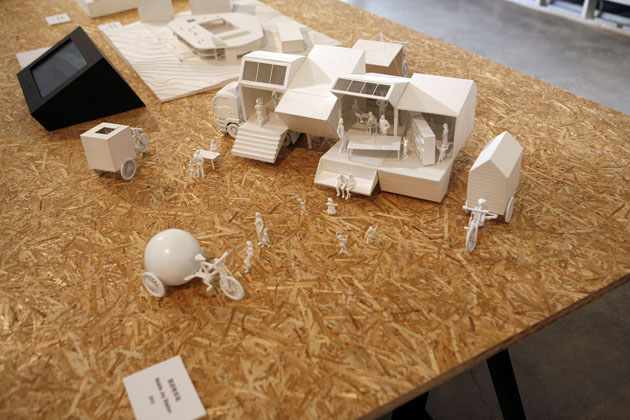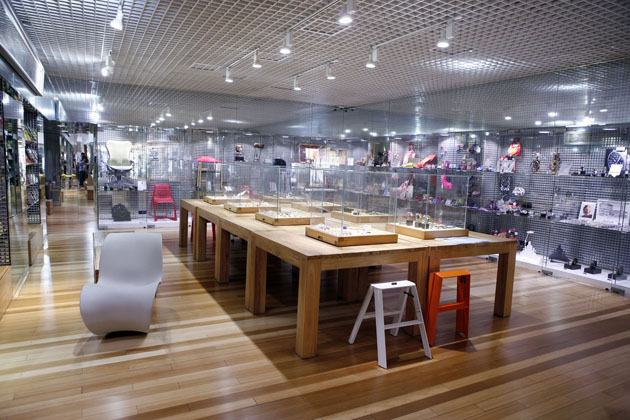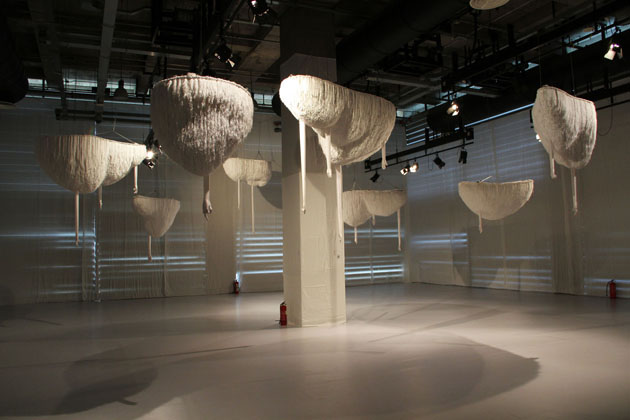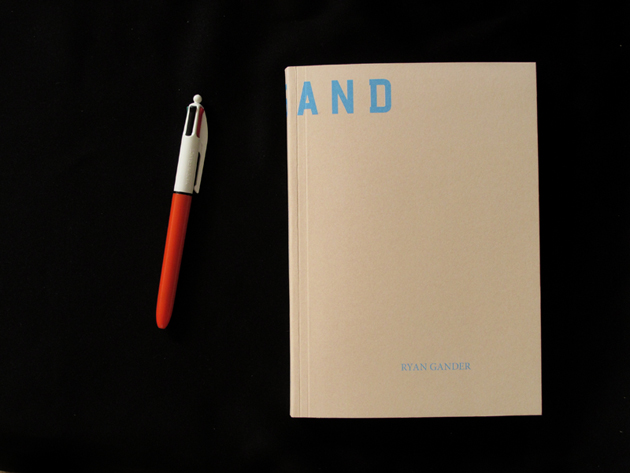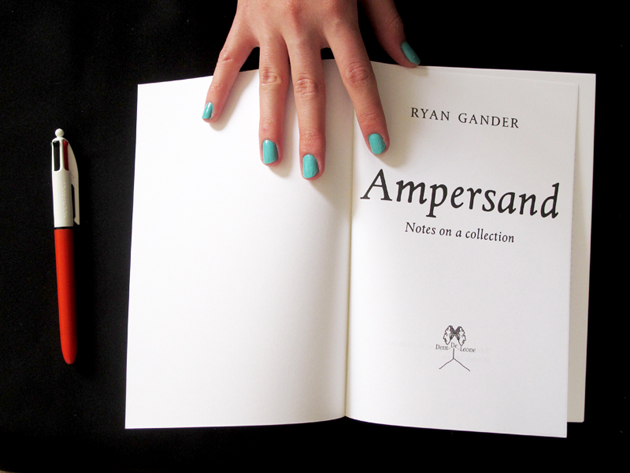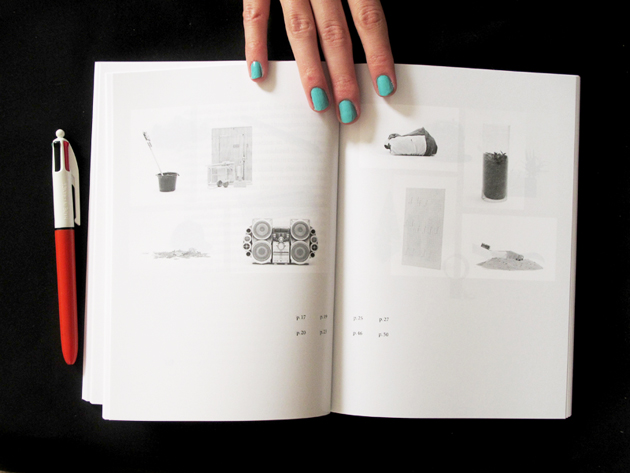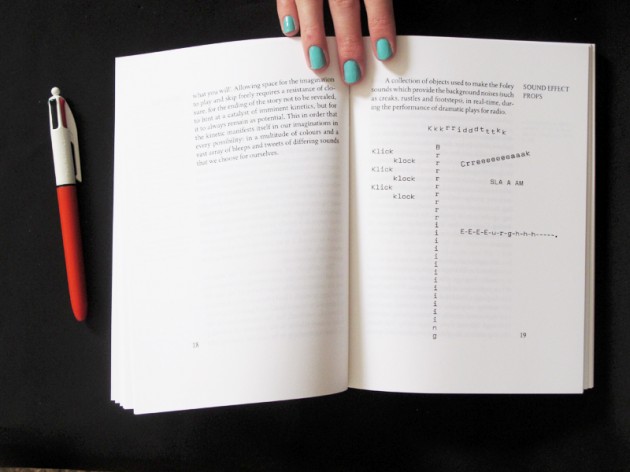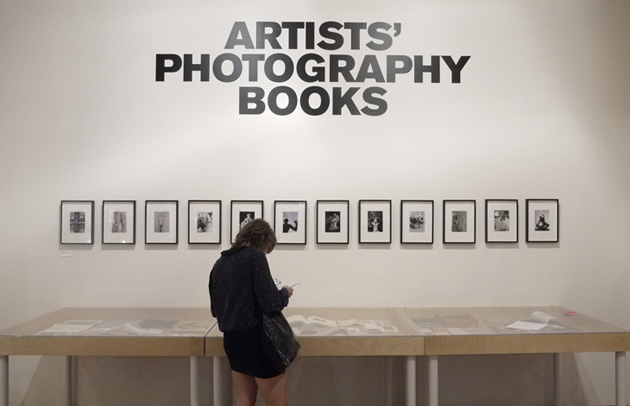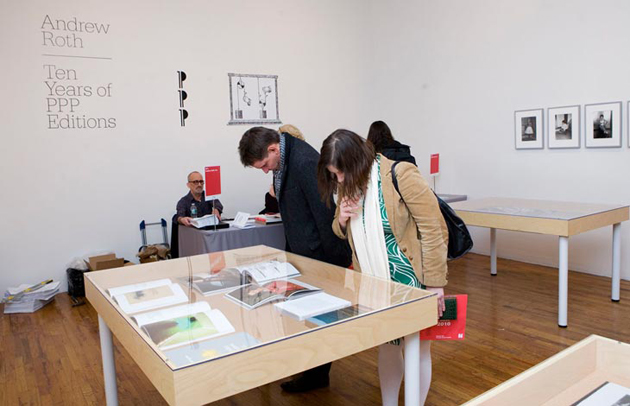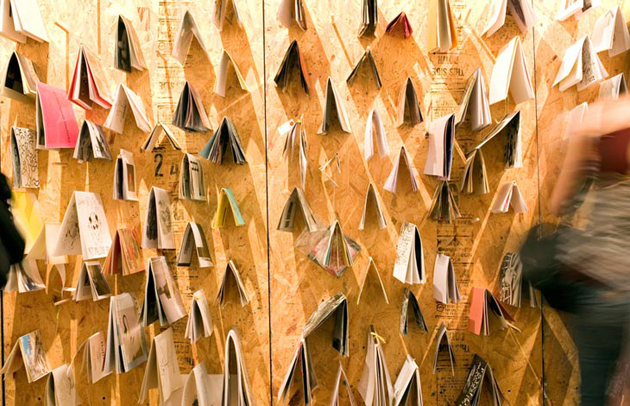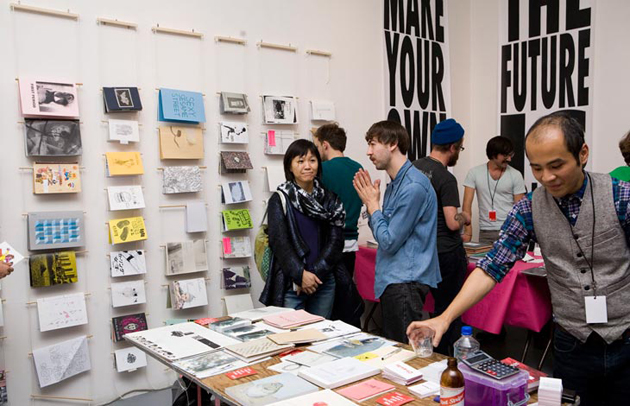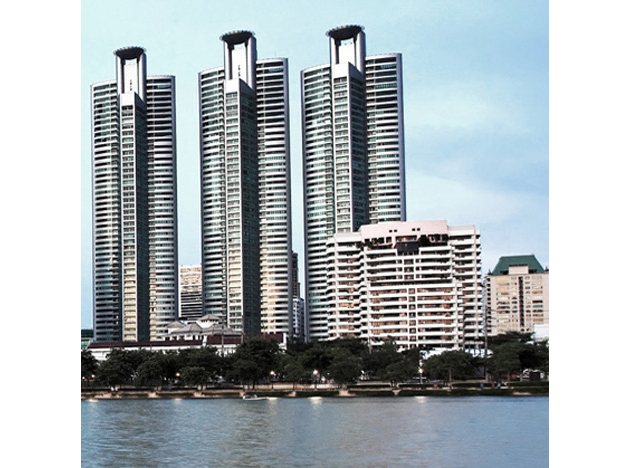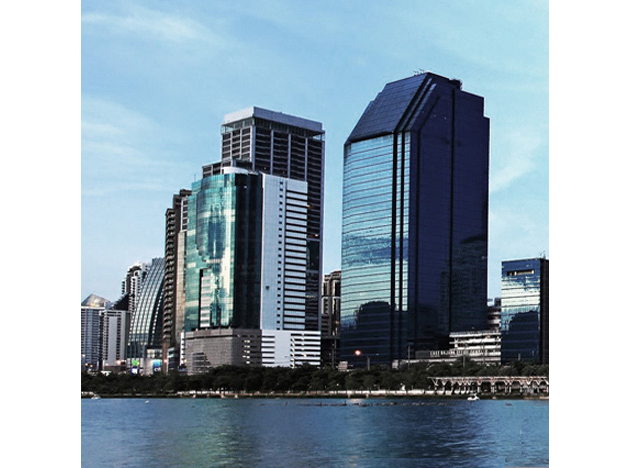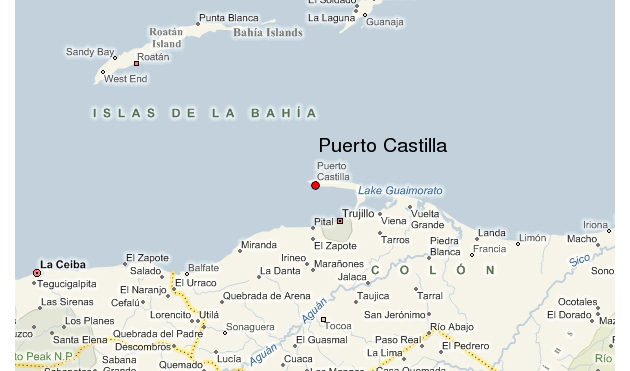Offprint Book Fair
Glossy or rough, hardcover or paperback, black and white or printed in colour: books can take endless shapes and sizes and can contain a myriad of different contents. From Tauba Auerbach sculptural pop-up books to almost dictionary-like ones filled with tiny writing, this historical object still manages to surprise us. For those circling in the contemporary art and design sphere, speaking about independent book publishing and the countless forms it may take (oh, yes, again) may come as a bore. So from here on, you may decide to skip this article or otherwise indulge in another book-lover’s praise.
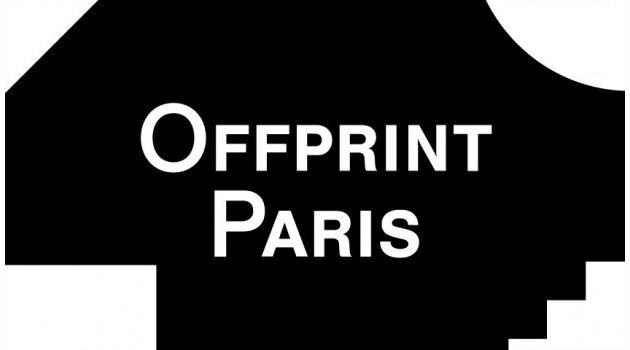
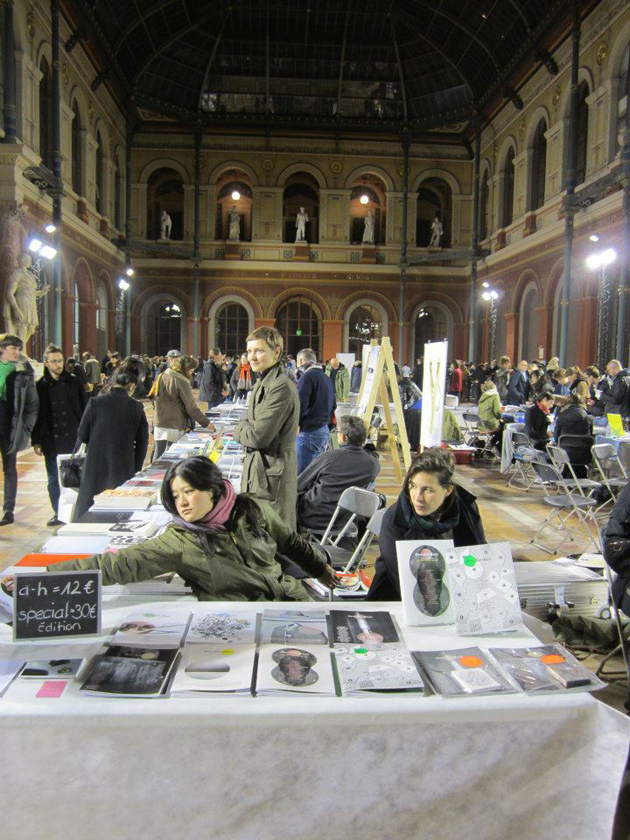
Offprint book fair was held in Paris from 15th to 18th of November in conjunction with Paris Photo, that widely acclaimed international photo fair. Set in a beautiful location, the études hall of Beaux-arts in Paris, Offprint offered the particular setting for confrontation and exchange between artists, photographers, publishers and their passionate public.
Among all the publishers present, we were taken aback by quite a few. The cheerful Mr. Dino Simonett has delighted everyone with the new book by Lucas Wassman. Titled “L”, this large format publication is a real treat for anyone interested photography. Another stand that was always crowded was Mack Books‘ one. They, by the way, have recently re-published Luigi Ghirri’s “Kodachrome”.
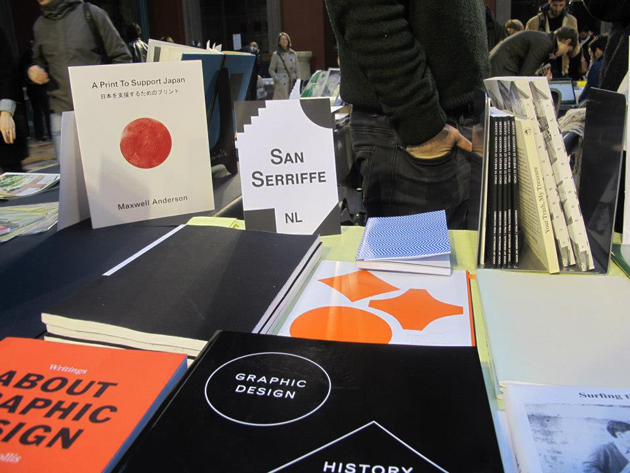
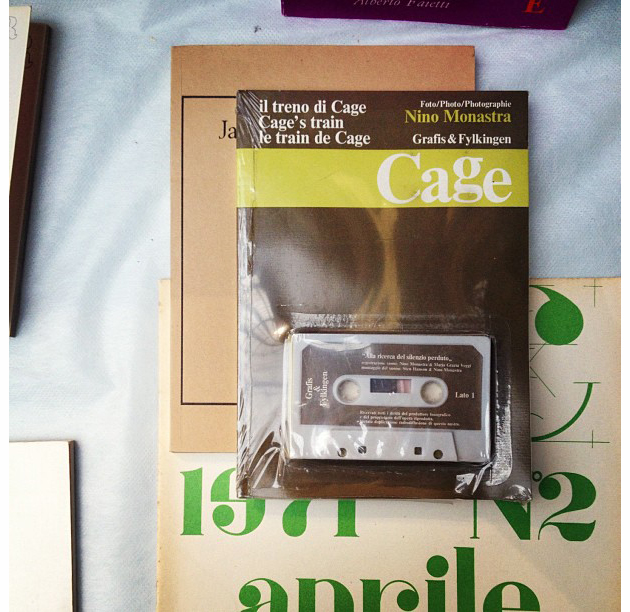
Among other tables you could find extremely rare artists’ books, small fanzines, photography books and graphic design gems. But the most interesting part of Offprint fair wasn’t exactly the large selection of books it presented. It was the last component of the above mentioned book-related rectangle that was particularly surprising for a habitué of independent publishing fairs. Usually visited almost exclusively by insiders – artists, photographers and publishers themselves, this was not the case with Offprint. Crowded with hundreds of people every afternoon, you could see parents with their children, grannies and grandpas, browsing numerous around the stands amongst young intellectuals (otherwise known as hipsters). We heard that France is the only country where print book publishing has been growing even after the introduction of digital publishing. Both this fair and the city itself, crowded with bookshops and libraries, has resolutely confirmed it.
